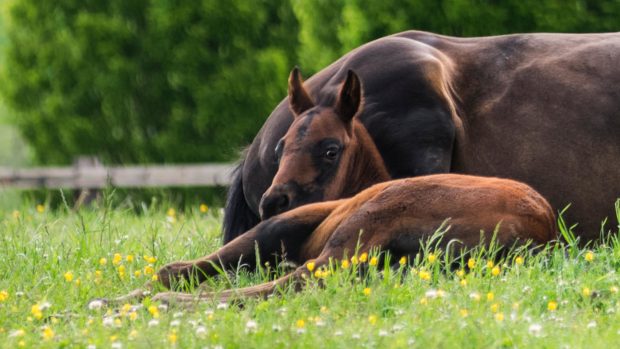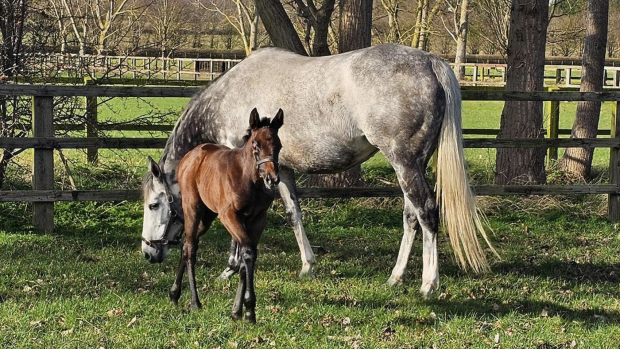A study revealing a rise in complications in Thoroughbred foaling has won an award presented by the Royal Agricultural Society of England and drug company Merial.
Austrian-born Soraya Morscher, 26, studied foaling patterns at Kildare Stud in Ireland as part of her masters in equine science at Limerick University.
With her thesis, An Analysis of Peri-Parturient and Postnatal Events in Thoroughbreds, Soraya triumphed over four other finalists to win the Eqvalan Duo Equine Thesis Award.
“Considering the economic value of Thoroughbred foals there is precious little information about what are considered normal foalings,” said Soraya.
Her thesis is based on reports from Kildare Stud, where nearly 1,300 foalings were analysed over 13 years. Her work included far more samples than previous projects, and her results differed from the most comprehensive data collected before, in 1967.
She found that birthing problems, such as the premature separation of the placenta or the difficult positioning of the unborn foal, seem to be directly related to the age of the mare and the weight of the foal.
“The rise in birthing complications needs monitoring and further study, and further investigation is required on the effect of these events on subsequent foal health,” said Soraya.
The student examined foaling processes closely, in conjunction with husbandry and management practices. She discovered that 83% of foaling took place during the night, of which the average duration was 34min. More than 90% of births were completed within an hour.
She also logged any factors affecting either the mare or foal that might, in turn, affect the birth. For example, the interval from birth to nursing averaged 92min, but it was longer for first-time foaling mares and for colt foals rather than fillies.
Soraya has 18 months left of her masters before deciding on a career. She said she was overwhelmed to win the award and delighted her thesis had been so highly recommended by the judges, including British Breeding’s Graham Suggett and Merial’s Dr Emma Batson.
Second-placed thesis was Hannah Snart’s study of injuries to dressage horses on different training surfaces. Among Hannah’s findings was that sand held the greatest injury risk.
This news story was first published in Horse & Hound (22 November, ’07)



